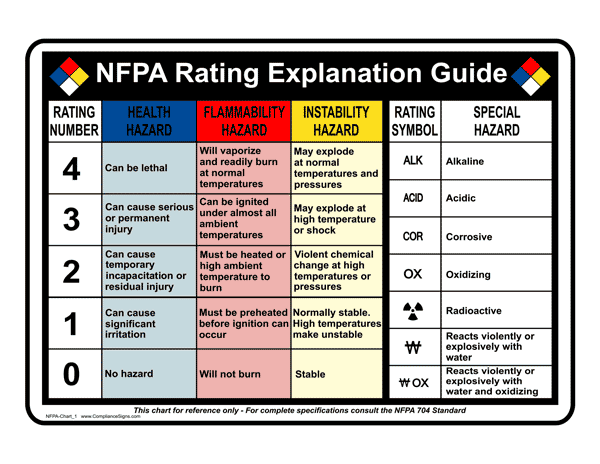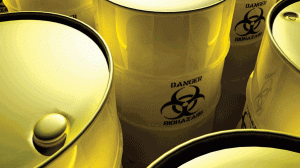A Safety Data Sheet (SDS) — formerly known as Material Safety Data Sheets ,or MSDS — is designed to provide both workers and emergency personnel with the proper procedures for handling hazardous substances.
Required under the Occupational Safety and Health Administration (OSHA) Hazard Communication Standard, SDS describes the physical and chemical properties of a specific material and contains useful information like flash point, toxicity, procedures for leaks and storage guidelines.
Since employers and manufacturers are often faced with MSDS questions, we put together a list of need-to-know information.
MSDS: Critical for manufacturers’ chemicals
The MSDS standard mandates that workers have a right to know what hazards are associated with the chemicals they use in the workplace. Chemical manufacturers and employers with chemicals in their workplace must be in compliance with this regulation, as it is the most often cited violation by OSHA. Fines can exceed $70,000 per violation.
Information in MSDS aids in the selection of safe products and helps prepare employees to respond effectively to exposure and emergency situations.
If you’re not sure which laws are applicable in your situation, contact your local OSHA compliance office.
Rubber seals and O-Rings do not have SDS
As specified by the Hazard Communication Standard, products manufactured as “articles” are exempt from requirements of the MSDS standard. Many manufactured rubber products – like seals and O-Rings, for example – do not include an SDS in the packaging, since they are considered whole units and cannot pose a risk.
While the majority of products are made from raw materials, once formed into a whole unit, the material cannot be spilled, consumed, ingested or inhaled. Although manufacturers maintain the MSDS on file, the potentially hazardous nature of the raw material is rendered irrelevant once they are fabricated into the finished device.
At Apple Rubber, this is true for all of our parts.
“We receive many inquiries regarding MSDS for our products, but everything we produce is considered a whole unit — not requiring MSDS,” notes John Tranquilli, materials manager. “The material composition, however, is still kept on file for when our customers have questions.”
Other finished products that we manufacture – that are considered particles or liquids – do have MSDS information available.
Not sure what’s considered an article?
OSHA defines an article (products exempt from MSDS/SDS) as a manufactured item other than a fluid or particle which:
1. Is formed to a specific shape or design during manufacture
2. Has end use functions dependent in whole, or in part, upon its shape or design during end use
3. Under normal conditions of use does not release more than very small quantities — minute or trace amounts — of a hazardous chemical and does not pose a physical hazard or health risk to employees.
What goes into an MSDS?
As of June 2015, the Hazard Communication Standard will require new MSDS to be in a uniform format, including the following information:
- Identification
- Hazard Identification
- Composition/Information on Ingredients
- First-aid measures
- Fire-fighting measures
- Accidental release measures
- Handling and storage
- Exposure controls/Personal protection
- Physical and Chemical properties
- Stability and reactivity
- Toxicological information
- Other information
Below is an example MSDS classification by the National Fire Protection Association (NFPA):

Make sure you have a recently updated (and accessible) MSDS.
When searching for an MSDS, be aware that many forms can be outdated. A manufacturer may have changed a product without updating MSDS, or the current regulations have been revised.
As an employer, your workplace is required to have MSDS readily available for employee review at all times. They cannot be locked in an office or filing cabinet that your employees can not access.
For product questions or additional information on this, visit the U.S. Department of Labor website or contact materials manager John Tranquilli at [email protected].
